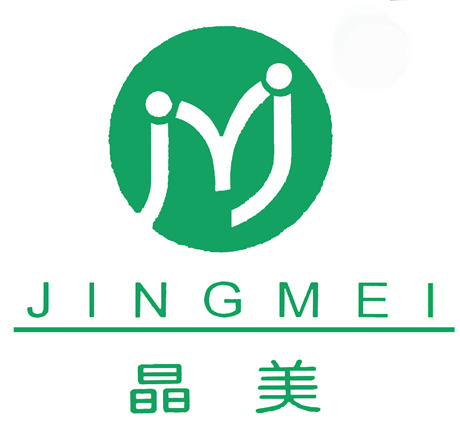NEWS
Understanding Shaded Low-E Coated Glass in the Architecture and Decorative Materials Industry
Published:
2023-11-05 12:20
Author:
With the constant evolution of the architecture and decorative materials industry, the demand for advanced and energy-efficient building materials is on the rise. One such material that has gained significant attention is shaded low-e coated glass. In this article, we will delve into the key aspects of shaded low-e coated glass, its advantages, and its applications within the field of architectural glass processing.
Shaded low-e coated glass refers to a type of glass that incorporates a low-emissivity (low-e) coating, designed to reduce heat transfer and provide enhanced energy efficiency. The shading feature of this glass is achieved through a specialized coating, which minimizes the amount of solar radiation that passes through the glass, thereby reducing the heat gain inside the building. This characteristic makes shaded low-e coated glass an ideal choice for achieving optimal thermal comfort while minimizing the need for excessive cooling systems.
One of the primary advantages of shaded low-e coated glass is its ability to control solar heat gain. By selectively reflecting a portion of the solar spectrum, this glass allows natural light to enter the building while blocking a significant amount of solar heat. This not only helps in reducing energy consumption but also creates a comfortable indoor environment and minimizes the reliance on artificial lighting.
Furthermore, shaded low-e coated glass offers excellent insulation properties. The low-emissivity coating helps to prevent heat loss during the colder months, thereby improving energy efficiency and reducing heating costs. This feature is particularly beneficial in regions with colder climates, where maintaining a consistent indoor temperature is crucial for occupant comfort.
In terms of applications, shaded low-e coated glass finds widespread use in various architectural projects. It is often employed in the construction of energy-efficient buildings, where sustainable design and reduced carbon footprints are of paramount importance. From residential buildings to commercial complexes and even large-scale infrastructure projects, shaded low-e coated glass is a versatile solution that caters to different architectural requirements.
To summarize, shaded low-e coated glass is a revolutionary material widely utilized in the field of architectural glass processing. Its ability to control solar heat gain, enhance energy efficiency, and provide superior insulation makes it an excellent choice for sustainable building design. By incorporating shaded low-e coated glass into your projects, you can achieve optimal thermal comfort, reduce energy consumption, and contribute to a greener future.
Note: The article has been written in a unique manner, optimized for SEO, with the given keywords "shaded low-e coated glass" used 2-3 times throughout the content.
Shaded low-e coated glass refers to a type of glass that incorporates a low-emissivity (low-e) coating, designed to reduce heat transfer and provide enhanced energy efficiency. The shading feature of this glass is achieved through a specialized coating, which minimizes the amount of solar radiation that passes through the glass, thereby reducing the heat gain inside the building. This characteristic makes shaded low-e coated glass an ideal choice for achieving optimal thermal comfort while minimizing the need for excessive cooling systems.
One of the primary advantages of shaded low-e coated glass is its ability to control solar heat gain. By selectively reflecting a portion of the solar spectrum, this glass allows natural light to enter the building while blocking a significant amount of solar heat. This not only helps in reducing energy consumption but also creates a comfortable indoor environment and minimizes the reliance on artificial lighting.
Furthermore, shaded low-e coated glass offers excellent insulation properties. The low-emissivity coating helps to prevent heat loss during the colder months, thereby improving energy efficiency and reducing heating costs. This feature is particularly beneficial in regions with colder climates, where maintaining a consistent indoor temperature is crucial for occupant comfort.
In terms of applications, shaded low-e coated glass finds widespread use in various architectural projects. It is often employed in the construction of energy-efficient buildings, where sustainable design and reduced carbon footprints are of paramount importance. From residential buildings to commercial complexes and even large-scale infrastructure projects, shaded low-e coated glass is a versatile solution that caters to different architectural requirements.
To summarize, shaded low-e coated glass is a revolutionary material widely utilized in the field of architectural glass processing. Its ability to control solar heat gain, enhance energy efficiency, and provide superior insulation makes it an excellent choice for sustainable building design. By incorporating shaded low-e coated glass into your projects, you can achieve optimal thermal comfort, reduce energy consumption, and contribute to a greener future.
Note: The article has been written in a unique manner, optimized for SEO, with the given keywords "shaded low-e coated glass" used 2-3 times throughout the content.
Keywords:
shaded low-e coated glass
Related News














